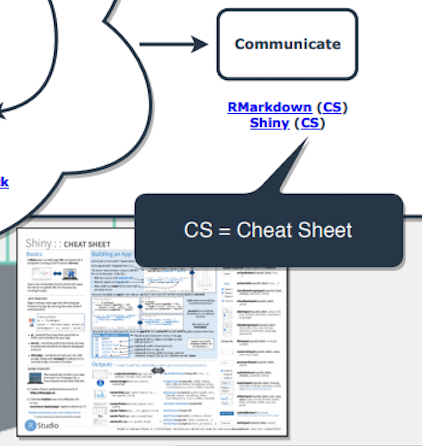

The general trick is, as mentioned in another answer, is that the formula follows the form dependent ~ independent | grouping. What's more, if you have a categorical variable with more than 2 levels that you want to model as a fixed effect, instead of a single effect for that variable you will always be estimating k-1 effects (where k is the number of levels), thereby exploding the number of parameters to be estimated by the model even further. Phew, That's a lot of parameters! And I didn't even bother to list the variance parameters estimated by the model. P14 Correlation between P7 and P8 across levels of V2 P13 Correlation between P6 and P8 across levels of V2 P12 Correlation between P6 and P7 across levels of V2 P11 Correlation between P5 and P8 across levels of V2 P10 Correlation between P5 and P7 across levels of V2 P9 Correlation between P5 and P6 across levels of V2 P8: Deviations of the V3-by-V4 interaction from P4 in each level of V2 P7: Deviations of the V4 effect from P3 in each level of V2 P6: Deviations of the V3 effect from P2 in each level of V2 P5: Deviations of the intercept from P1 in each level of V2 P4: A single global estimate for the interaction between V3 and V4 P3: A single global estimate for the effect of V4 P2: A single global estimate for the effect of V3 Now consider adding another fixed effect predictor, V4.

Usually model pairs like M2 and M3 are computed then compared to evaluate the evidence for correlations between fixed effects (including the global intercept). P5: The correlation between intercept deviations and V3 deviations across levels of V2 Thus, in M3, an additional parameter is estimated: In which all parameters from M2 are estimated while allowing correlation between the intercept deviations and V3 effect deviations within levels of V2. This latter restriction is relaxed in a final most complex model (M3): V1 ~ (1+V3|V2) + V3 P4: The effect of V3 within each level of V2 (more specifically, the degree to which the V3 effect within a given level deviates from the global effect of V3), while enforcing a zero correlation between the intercept deviations and V3 effect deviations across levels of V2. This model estimates all the parameters from M1, but will additionally estimate: P3: A single global estimate for the effect (slope) of V3 for each level of V2, that level's intercept's deviation from the global intercept) P2: Random effect intercepts for V2 (i.e. Using lmer syntax, simplest model (M1) is: V1 ~ (1|V2) + V3 Say you have variable V1 predicted by categorical variable V2, which is treated as a random effect, and continuous variable V3, which is treated as a linear fixed effect. What's the difference between (~1 +.) and (1 |.


 0 kommentar(er)
0 kommentar(er)
